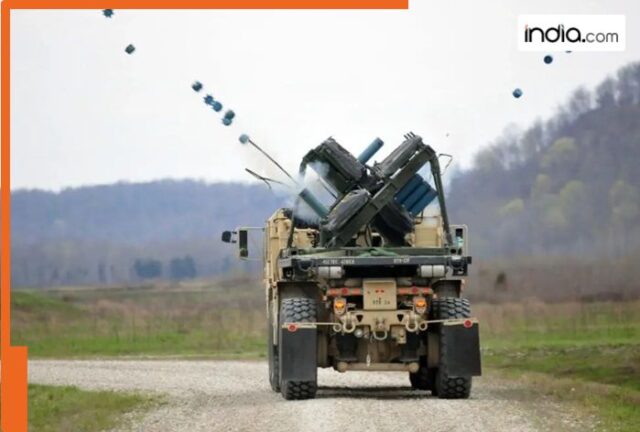The Indian Army is set to strengthen its defense and tactical abilities by planning to buy around 70 Vehicle-Based Mine Scattering Systems (VBMSS). This step aligns with the Defence Acquisition Procedure (DAP) 2020, aiming to modernize how minefields are deployed in today’s battlefields. The main purpose of VBMSS is to quickly lay mines in response to enemy movements, according to a request for information (RFI) issued by the Ministry of Defence on December 20. “During operations, minimum mines are envisaged to be laid ab initio and a majority of the mines will be laid as responsive/ reactive minefields once enemy build up/thrust line is discerned,” the RFI states.
“Hence there is a need to induct the VBMSS in the Indian Army as it should equip the Army with the capability of dispensing mines in the shortest possible time. It will not only be economical, but will also upset the enemy’s time schedule and will force him to redeploy,” the RFI adds.
Unlike older methods where mines were laid in advance, this system is designed to:
- React to Enemy Moves: Initially, only a few mines are placed, with the rest deployed based on the enemy’s actions. This strategy aims to disrupt their plans and give Indian forces an advantage.
- Speed and Surprise: VBMSS can quickly scatter mines, catching the enemy off guard and forcing them to change their plans. It will be used to deploy both anti-tank and anti-personnel mines.
- Efficient Use of Resources: By deploying mines selectively and at the right time, the system ensures effective use of resources, targeting enemy advances where it matters most, with the ability to carry out operations in temperatures ranging from -20°C to 45°C.

















































